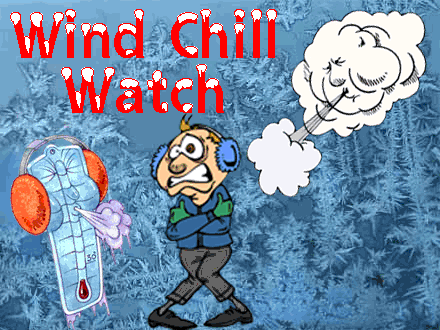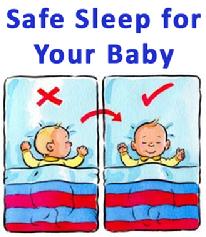Modified: May 17, 2016 10:27am
Latest News


MEDIA RELEASE
From the Office of the Commissioner of Health, Dr. Gale R. Burstein
January 5, 2016
CONTACT: Mary C. St. Mary/Mary.StMary@Erie.Gov
Phone: 716.858.4941/ Mobile: 716.253.3925
Winter Weather Safety Reminders
Stay Warm & Safe with these Timely Tips!
ERIE COUNTY, NY— Winter weather—cold temperatures and snow—has finally arrived. It is time for a friendly reminder on key cold weather tips! “Staying warm can be a challenge during low temperatures that are accompanied with a significant wind chill that makes it feel colder,” said Erie County Health Commissioner Dr. Gale Burstein. “Prolonged exposure to cold temperatures can cause serious or life-threatening health problems. Anyone can be affected, but infants and the elderly are particularly at risk. Keep yourself and your family safe and prevent cold weather-related health problems by staying aware of the weather conditions to plan and dress appropriately.”
Cold Weather
- Prolonged exposure to cold temperatures can cause serious or life-threatening health problems
- Infants and the elderly are particularly at risk
- As wind speeds (wind chill) increase, heat can leave your body more rapidly.
- If possible, try to stay indoors, trips outside should be as brief as possible
- Outer layer of clothing should be tightly woven to reduce body-heat loss caused by wind
- Inner layers of clothing should be wool, silk, or polypropylene; those fabrics hold in more body heat than cotton
- Shivering is an important first sign that the body is losing heat. Persistent shivering means it is time to go indoors!
- Hypothermiais when the body’s core temperature drops below normal.
- Symptoms include uncontrolled shivering slow speech, memory lapses, frequent stumbling and drowsiness
- Frostbite is caused by prolonged exposure to the cold and can cause permanent damageIf frostbite or hypothermia is suspected, slowly warm victim and seek immediate medical attention
- Symptoms include loss of feeling, white or pale appearance in fingers, toes, ears and nose
- Children lose body heat more rapidly than adults; they need to be dressed warmly and closely monitored while outdoors in extreme cold
- Cold weather puts an extra strain on the heart. If you have heart disease or high blood pressure, follow your doctor’s advice about shoveling snow or performing any strenuous work in the cold.
- Do not leave pets outdoors or in an unheated vehicle for any length of time
Dangers of Bed-sharing (infants sleeping with adults)
“Parents and caregivers need to be aware of the tremendous risks of having an infant sleep with another individual in an adult bed or couch or in a ‘face-down’ position,” added Dr. Burstein. “Infants cannot roll over or uncover blankets from their face, placing them at great risk of suffocation.”
- During cold, winter months, there is an increase in the number of Sudden Infant Death Syndrome (“SIDS”) cases. Precautions to prevent SIDS or an infant suffocating include:
- Infants sleeping with parents/adults is extremely dangerous and should not be done
- The combination of a small sleeping area and sharing that space with one or more adults or siblings greatly increases the risk of the infant becoming entrapped in bedding or smothered during normal movements during sleep
- Room sharing—keeping baby's sleep area in the same room and next to where you sleep—is recommended by the American Academy of Pediatrics as a way to reduce the risk of SIDS and other sleep-related causes of infant death.
- Placing blankets or extra night clothes on infants while sleeping can be dangerous as infants cannot roll over or uncover blankets from their face, placing them at great risk of suffocation
- Overheating (caused by blankets or too many layers of clothing) also increases the risk of SIDS
- Do not sleep with your baby, especially if you have been using alcohol or drugs which cause deeper sleep leading to decreased awareness of the infant and the surroundings, thus increasing the risk of overlay or entrapment
- Overtired? Caregivers can fall asleep while holding or breastfeeding the infant; the baby is then at risk of the caregiver rolling over on them or the infant slipping down into chair or bed frame.
- Always place infants on their backs to sleep (“Back to Sleep”). The child will breathe easier which may help prevent SIDS.
- Child’s bedding should be a firm sleep surface in a child-safe crib, free of soft objects or loose bedding that could entrap or smother the baby.
- Infants should NOT be put to sleep on waterbeds, sofas, chairs, or other unstable surfaces.
- Do NOT use bumper pads of any kind as there is a potential risk of strangulation or entrapment from bumper pads
# # #
For More Information:
Erie County Department of Health
New York State Department of Health
National Institute of Child Health and Human Development
Centers for Disease Control and Prevention – Winter Weather Checklists

